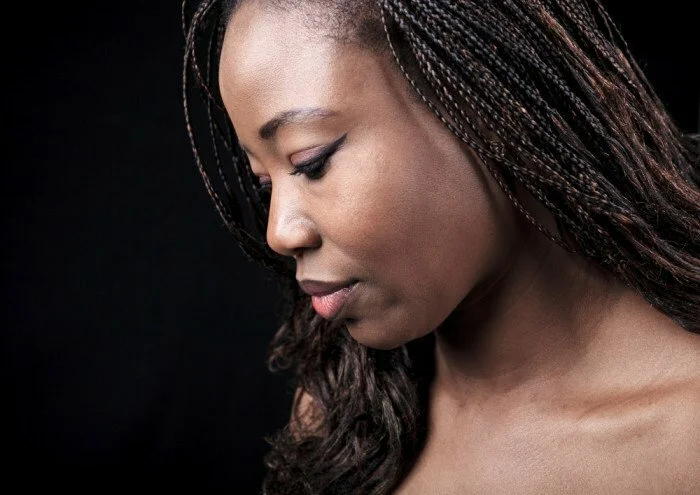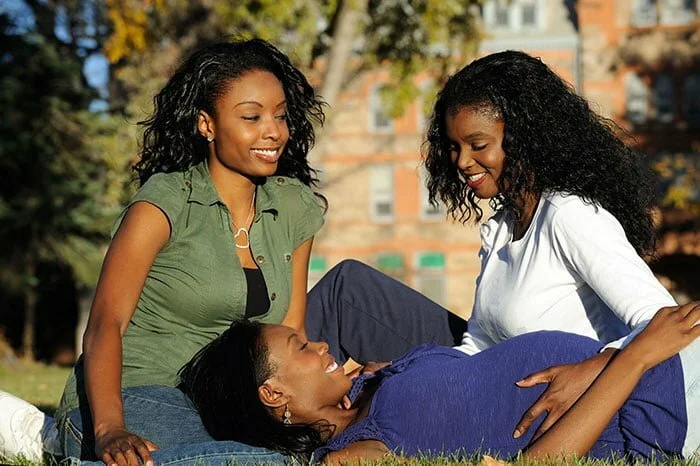Looking back now I remember how I watched out for my baby’s smile, I would ask when she would begin to smile, and my mum would ask me to be patient.
Eventually, the smiles began to form and showed when she slept and then she began to smile face to face. It was the best times for me and a huge reward for all the late night feeds and sleepless nights. Those smiles were certainly rewarding and comforting.
Scientist say that babies smile starts from the womb! However, they are usually unintentional and involuntary act. Just as they move their arms and legs in the womb, but with time after babies are born, smiling comes on purpose. Your babies smile and your reaction to influences her social and emotional development.
Types of Baby Smiles
Researchers have been able to use modern pieces of equipment such as heart monitors, brain scans to observe and record reactions from interactions with babies to understudy their cognitive and emotional sensitivities.
- Spontaneous smiles or “dreaming of angels”: this is when your newborn smiles in his sleep. This smile is not connected to anything external and there is no known cause of these sleepy smiles. It is quite amusing when a professor of psychology at the University of Miami Dr. Messinger humorously says the spontaneous smiles- “We ask them and they don’t tell us.”
- Social smile: At six to eight weeks old, your baby will begin to smile in response to external stimuli such as listening to your voice and seeing your face. Your baby will smile more when people are around especially Mum, Dad, and siblings and smile less when she is alone.
At three months, babies also become sensitive to your facial expression and may get upset when you suddenly stop smiling at them. They also have the ability to control or regulate their emotions when they look away from the person while smiling.
- Duchenne smile: This kind of smile indicates strong and intense emotions expressed by 2 to 6 months old babies. It is often characterized by raised cheeks and constricted eye muscles in response to a known person’s smile.
- The open mouth smile: This occurs when your child is about 8 months, your child smiles with a raised cheek and open-mouthed grin when you tickle her. It shows that your child is happy. Researcher say that it is the strongest expression of joy for babies of that age. The open mouth smile is displayed when you play and interact with your baby.
- Anticipatory smile: At about six months, as your baby interact more with people and toys she begins to put out anticipatory smiles about what she is doing and turning to see your reaction too. For example, your child plays with a doll and it makes some noise, smiles and turns around to look at you as you also smile back at her.
- Laughing: This is the icing on the smiling cakes! When your baby laughs aloud that beautiful sound that is so irresistible. Between nine months to twelve months, your baby is capable of laughing at funny situations and even creating them too. Your child becomes more aware of people’s reaction to what she does, she begins to do things that call attention in other to engage with others.
It is really beautiful to watch your child grow in all areas including her smiles as you enjoy every stage of your child’s growth and development. You do not have to be anxious if your child does not start smiling as soon as you want, babies meet their milestones at a different time. But if your baby does not smile for 3 months you need to see your doctor.














